How Much Farther Can You Cast With A 10 lb Line vs. 20 lb Line? Results Here
- By: Luke Simonds
- on
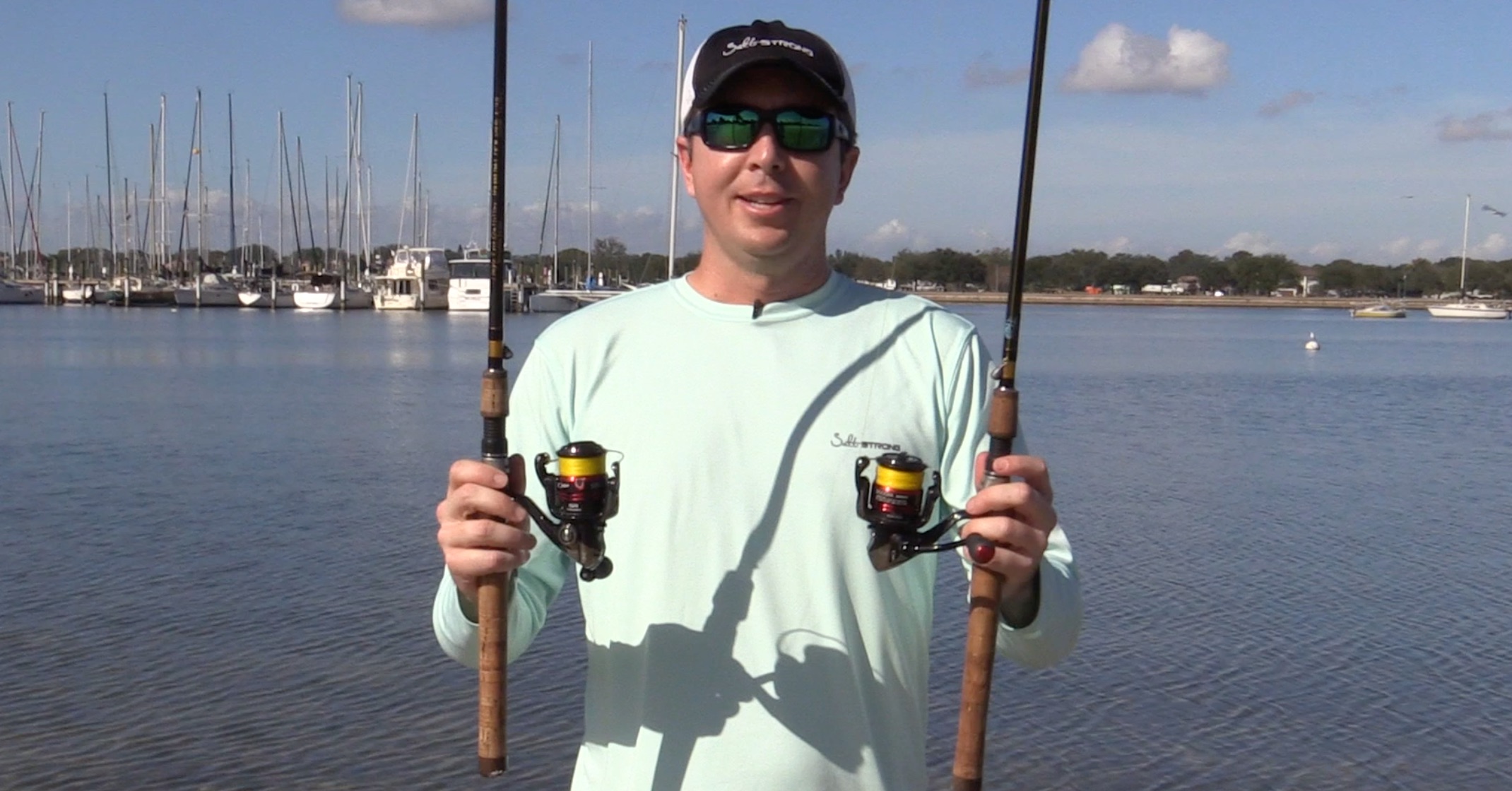
I’ve always been curious to know how much farther a 10 lb line can cast relative to a 20 lb line (all else considered equal).
But until completing this latest casting experiment, I never knew how quickly casting performance declines when bumping up to a higher line…
And the results were shocking!
Casting Experiment Details
For this test, I put the focus on braid line because it is what most of us use when trying to maximize our casting distance when using spinning tackle.
It seems as if many inshore anglers are using braided line in the 10 lb to 20 lb range to target redfish, seatrout, and snook.
So I thought that would be fun to know how much casting distance that those who use 20 lb line are giving up by going for the added power.
Both lines have very small diameters, so my hypothesis for this experiment was that their casting distances would be within 10% of one another.
Based on some feedback from the first test where I analyzed the casting difference between mono vs. braid, I performed one test to resemble a heavy bait and another to resemble a lighter bait.
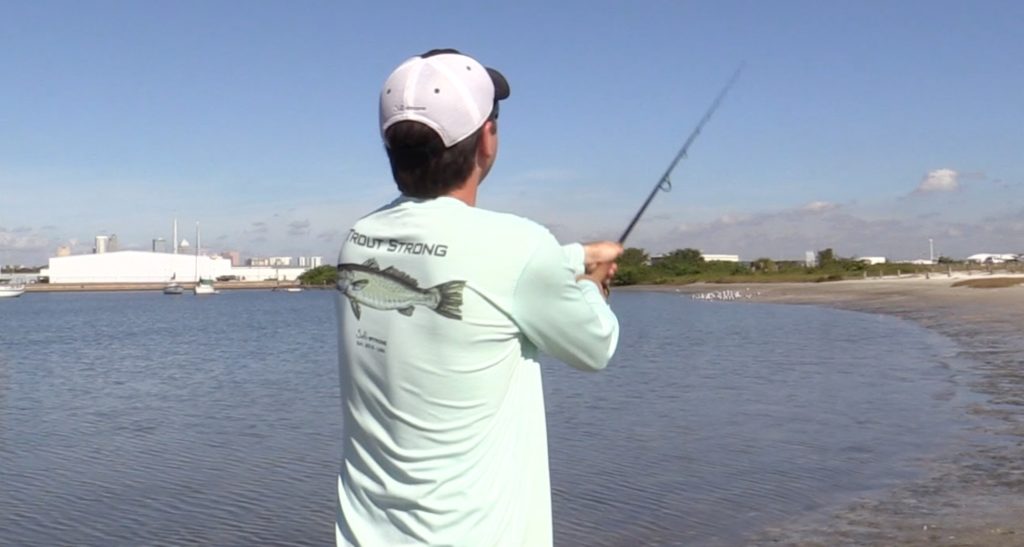
Here are the core variables that are in this experiment:
- Rod Lenght: Equal – both the exact same 7’6″ TFO rods with the same power rating
- Reels: Equal – both lines were on the same sized Shimano Stradic Ci4 reel
- Lures: Equal – used teardrop shaped weights to minimize the wind resistance variable
- 1st test used 3/16 oz to resemble lighter lures
- 2nd test used 1/2 oz weights to resemble a heavier lure
- Casting Force – As equal as possible without a $$$$ machine
- Line Gap: The gap between the edge of the spool and the outer layer of the line is a big factor with spinning reels, so I made sure to keep them equal.
- Line Sizes: One reel was loaded with 10 lb braid while the other was loaded with 20 lb braid
Note: Both lines were made from PowerPro, and they both were newly spooled.
Click the video image below to see the test and its results:
Conclusion
Given the 20%+ difference in casting distance between these two lines, we all need to consider the casting distance implications when deciding between one size or another line.
I use artificial lures 99%+ of the time which requires a lot of casts, so I always favor the lighter lines because they allow me to cover more water with less effort.
This test revealed that the 10 lb line enabled me to cast ~30-feet further… and although that seems relatively small, that equates to an entire football field of water that I can cover every 10 casts.
WOW!
That is a whole lot of extra water coverage which will surely turn in to more strikes and fish caught.
So our goal should be to select the lowest line strength that we trust can handle our target species.
If you have any questions or have any line recommendations for me to test next, please use the comment field below.
P.S. – Please be sure to share this post with any of your friends who use spinning tackle so that they know the importance of selecting the right sized line… this test sure made me think harder about the line sizes I use.
Related Post: Braid vs. Mono Casting Distance Experiment [Test & Results]
See More Fishing Line Tests/Reviews
Related categories:
STOP WASTING TIME ON THE WATER!
Do what the “SMART ANGLERS” are doing and join the Insider Club.
Here’s what you’ll receive today when you join:
- Weekly fishing reports and TRENDS revealing exactly where you should fish every trip
- Weekly “spot dissection” videos that walk you through all the best spots in your area
- Exclusive fishing tips from the PROS you can’t find anywhere else
- Everything you need to start catching fish more consistently (regardless if you fish out of a boat, kayak, or land).





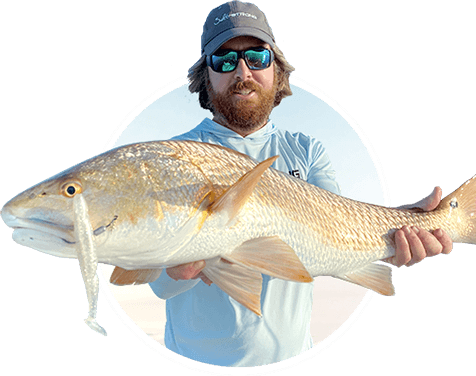
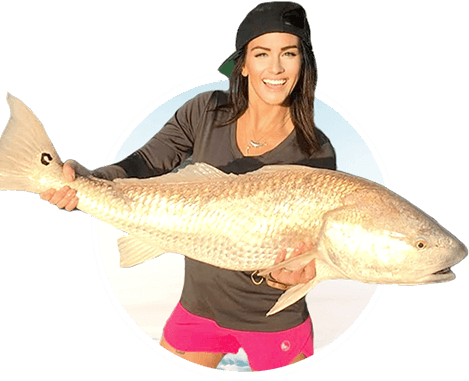
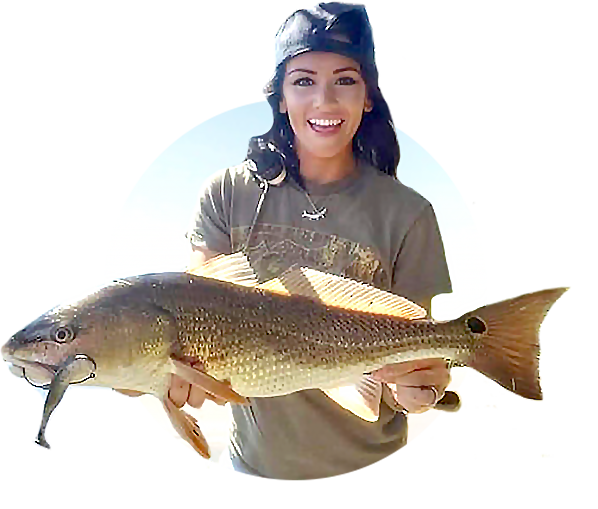
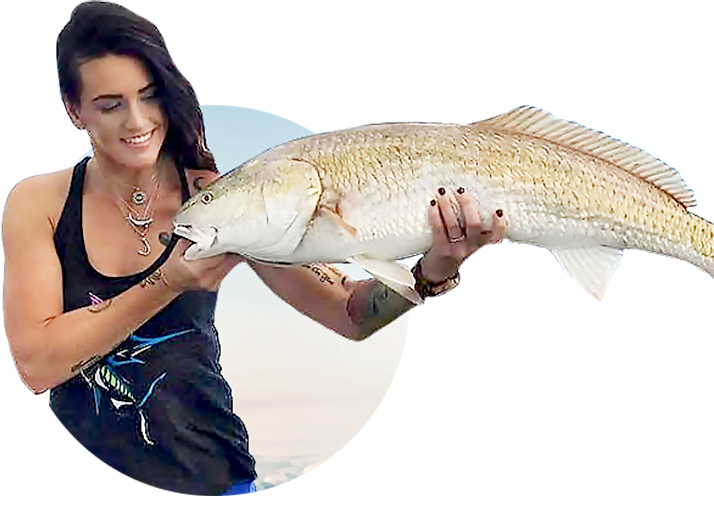

How far were the casts you fricken moron!
The details are in the video… the distance will be driven by the lure used. The ones in this test were 103 ft vs. 130 ft when using the 3/16th oz weight, and then 176 ft for 212 ft for the 1/2 oz weight.
finding out that i do like the smaller line much better lot easier to handle
Luke, I had switched over to 10lb, and definitely noticed difference in the points you made, but I also noticed I was getting a lot more winds knots with the 10 lb power pro when using a cork and popping. Do you have any testing or comments in this regard? Thanks
If using 100+ yards of mainline, the knot to the backing shouldn’t cause any issues in the spool unless it’s a very bulky knot… to keep the knot slim, I go with the FG knot which is super thin and very strong. But a double uni should work fine too.
As for contaminates causing issues, that may very well be true if the line gets saturated with anything bad. But I haven’t personally noticed any issues from that so I think the risk of having issues is at least small.
Thanks Luke
I am enjoying Salt Strong
Luke,
I read your test results for the 10 vs 20 lb comparison. Have you any information on how much distance I would get using 15 lb. Power Pro braid? Drew
I haven’t tested that out yet… a safe bet would be in the middle of the 10 and 20 lb lines since the diameter seems to go up equally as the line rating goes up.
Thanks Luke, I was thinking if I should go down from 20 to 10lbs. You answered my question buddy, tight lines.
I am sure that you’re going to be happy to went with the 10 lb braid in place of 20 lb.
I like to use a bait casting reel from time to time especially for topwater. Does the same size guide lines work for bait caster reels.
Bait casting is a bit different… the line going out is mostly controlled by the spool setting on the reel compared to spinning reels which just essentially get out of the water of the line as it shoots off.
Going lighter on bait casting gear seems to increase the odds of backlashes while also making the backlashes tougher to get out.
Seems like most people go with a minimum of 20 lb braid for bait casting reels.
Thanks for the quick reply Luke. I changed two of my spinning reels to 10 pound test and the difference in casting distance is amazing. Great job Salt Strong.
Glad to see that you enjoyed the change!
In addition I think another advantage to casting distance is keeping your boat further away from the smarter better quality fish and being able to reach them without spooking them being they are more aware when a boat is close by mainly in less than 10 ft but it does require having a good chart plotter and sonar to locate the fish prior to the fishing. If you have a buddy on the boat and he can reach the fish but you can’t because he has the advantage in casting distance it will be all the proof you need. There is a reason reels have drag systems built on them and learning how to master that is a huge factor in catching success and bettering your fishing skills.
So you’re assuming the actual set location of a constantly moving object and of course it’s further away than closer? WHAT??? HOW??? WHY??? Has anyone studied the movement of effing fish? Or studied the mental health of men who study fish? This is fascinatingly odd.
The core premise behind the need to maximize casting distance is to be able to get a lure in front of as many fish as possible every cast… ideally fish that are farther away from the boat since they’ll have less awareness of danger in the area.
So the longer casts will help fishermen reach more fish that are more likely to strike (both the fish that are holding still waiting to ambush prey and the ones that are on the move).
do you have a comparison between 20lb and 30lb?
I have not done that test. But it definitely would be another decrease in casting distance for the 30lb line given its extra thickness.